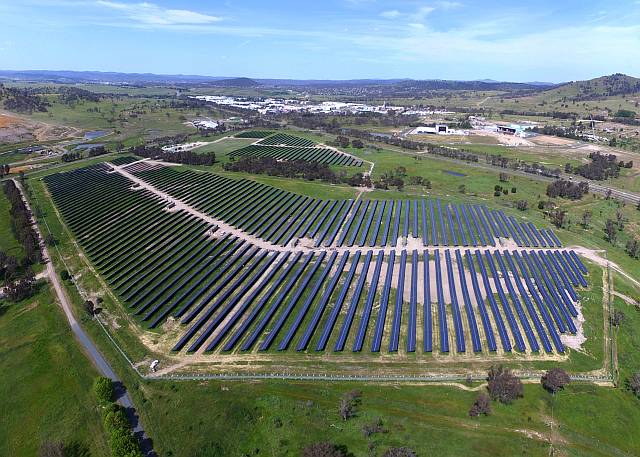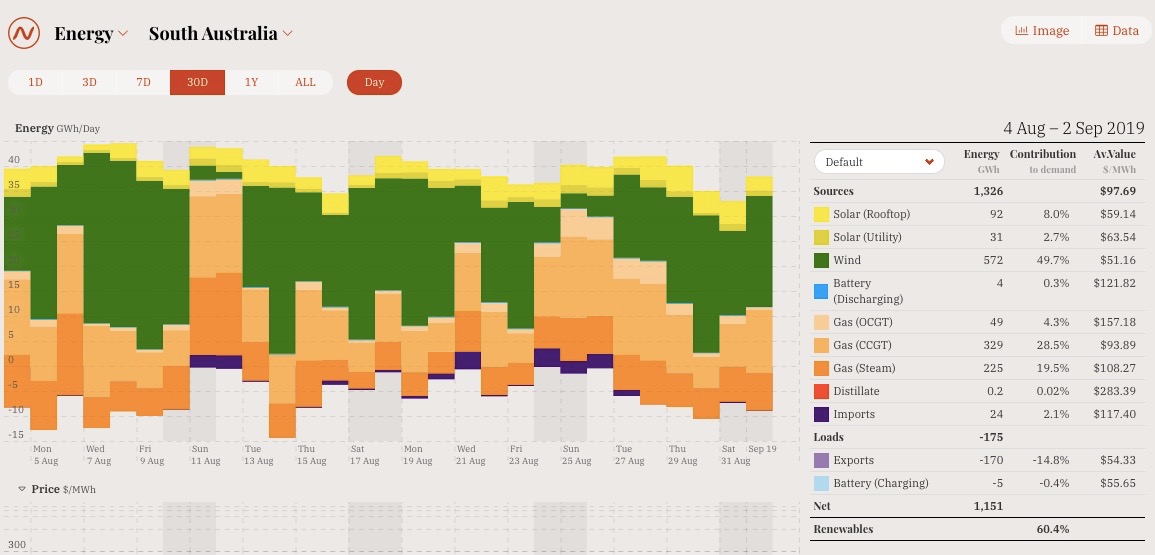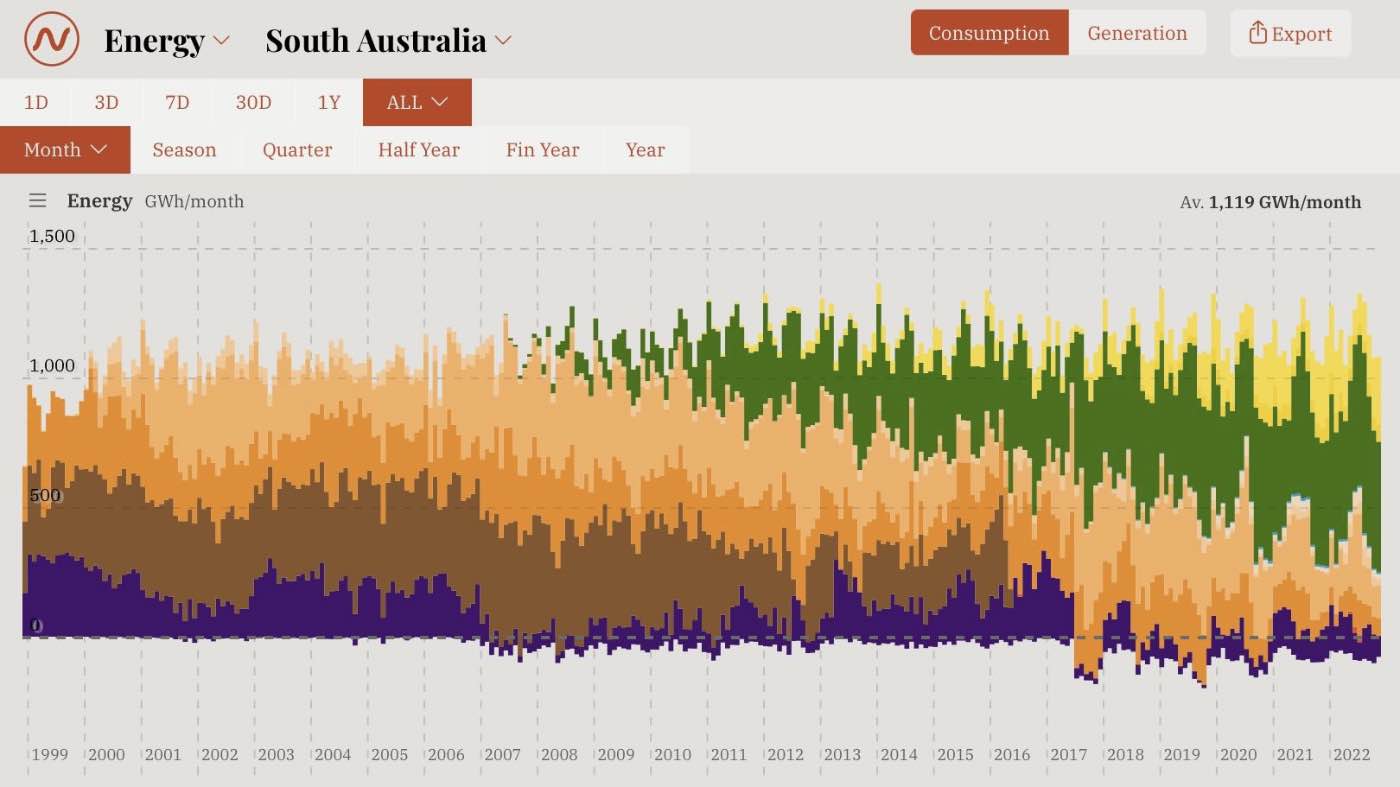|
What is base load power?
Wikipedia defines base load power as:"The base load on a grid is the minimum level of demand on an electrical grid over a span of time, for example, one week. Base load power sources are power stations which can economically generate the electrical power needed to satisfy this minimum demand."So base load power stations are those that produce power cheaply at a steady, or near steady, rate. Coal and nuclear power stations, which are unable to quickly, easily and efficiently change their output to fit the variation in the demand on the power grid, are well suited to provide base load power.
With the rise of renewable energy there will be less and less need for
base load power and more and more need for peaking power.
What is not base load?
Power that is available at short notice is not base load, it is peaking power and is much more valuable than base load power.Hydro power is not base load, it is available as required within the limits set by long-term rainfall.
Pumped hydro is not base load, it is readily available energy storage suited for storing large amounts of energy. Its availability is not limited by rainfall because it uses the same water over and over again.
Batteries do not provide base load, they provide electricity at very short notice: peaking power. They also provide readily available energy storage, available at even shorter notice than pumped hydro. As of the time of writing, 2017, batteries cannot store the large amounts of energy that pumped hydro can. Batteries can also provide valuable grid stabilising services.
Solar thermal is not base load; it provides energy as required within the limits of available sunshine. It typically has several hours storage.
Obviously wind power and solar PV do not provide base load power.
What is needed now and in the future?
More base load power will not 'keep the lights on' in Australia. Coal and nuclear can provide base load power, but they are not able to quickly change their rate of power generation to match the changing demand in a power grid; for that we need more peaking power, such as pumped hydro and battery energy storage and solar thermal with energy storage.More long distance transmission lines will probably be built and will allow the balancing of supply and demand by shifting power from where it is plentiful and not needed to where it is in short supply.
The Liddell power station closure is not scheduled until 2022. This is five years off at the time of writing. In this time the Australian power supply mix will change greatly and the need for base load power will decline substantially. In these five years:
- Many hundreds of megawatts of wind power will be built;
- Many hundreds of megawatts of rooftop solar PV power will be built;
- Many hundreds of megawatts of utility scale solar PV power will be built;
- Many hundreds of megawatts (MW) (and megawatt-hours, MWh) of battery storage will be built;
- Many hundreds of MW and MWh of pumped hydro energy storage could and should be built (see the need for pumped hydro on another page on this site);
- Electric vehicles will become much more common (they can be charged when generation is abundant and power demand is low);
On current trends Australia will have far more renewable power five years in the future than it does in 2017. Much of this power will be available only when the wind blows or the light is bright (direct sunlight is not needed for solar PV power generation).
There will be a strong need for peaking power to fill the gaps when the renewables are not generating sufficiently to fill the demand. In the longer term energy storage, most likely pumped hydro or batteries, will fill much more of this need. (The cost of batteries is declining continually and steeply.)
Diesel is easily and cheaply stored for long periods. Apart from the obvious and major disadvantage of pollution, diesel powered generators, that will only be needed a small percentage of the time, will be ideal for the needed rare peaking power in exceptionally high demand times in the short- to medium-term. South Australia is planning to use diesel generators to fill this need for peak demand in the summers of 2017/18 and 2018/19.
|
|
No place for base load power generators again in South Australia, ever.
Australia Institute report August 2019
National Energy Emissions Audit from The Australia institute of August 2019, written by Hugh Saddler, stated:
"South Australian electricity supply system provides real world evidence of how a new base load generator, such as a nuclear power station, could not be incorporated into a system with a high proportion of variable renewable generation. The best complement for high renewables is storage and a diversity (in location and type) of renewables."
| ||||
|
The graph on the right shows very well that there is no room for a base load power station in South Australia. (Click on the graph to see it in high definition.) It shows that there are many days when most of the state's electricity demand is being supplied by wind and solar and there are days with little wind and solar generation.
The existing gas generators fill the gaps. In future energy storage (most likely a combination of batteries and pumped hydro) could take the place of most of the gas generation. This is called peaking power or dispatchable power.
Just by the way, note that in the period there was seven times as much power exported to the eastern (largely coal-powered states) as was imported; 170 GWh against 24 GWh; confirmation yet again of South Australia's huge success in the adoption of renewable energy.




